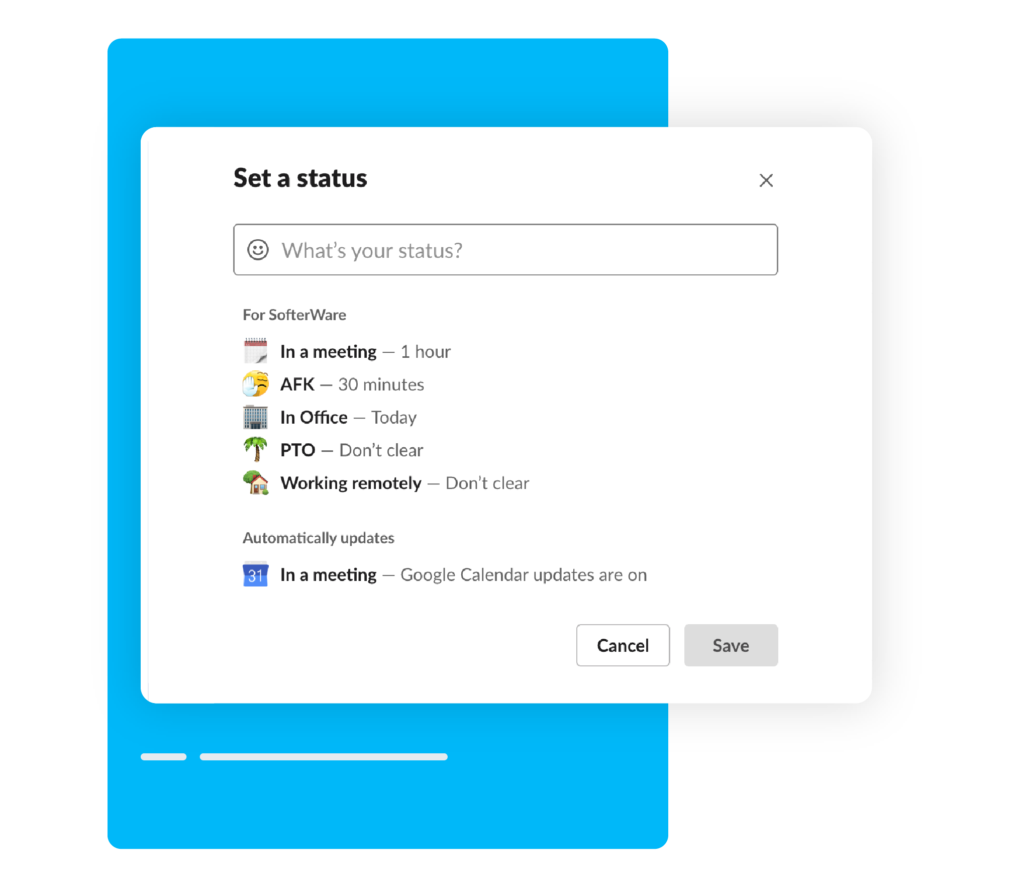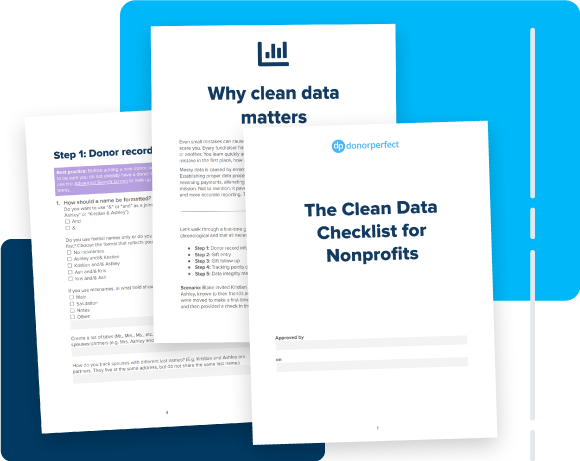Nonprofit Technology & Fundraising Blog
Subscribe to our mailing list

January 31, 2023 | Fundraising Operations
When you’re not at your best, neither is your work, causing you to feel frustrated – or to feel solely responsible for your nonprofit’s entire mission – thus bringing the problem full circle. You don’t deserve that, as a human or a hardworking fundraiser.
Self-care works wonders for fundraisers who feel stretched too thin. In your profession, you are no stranger to burnout or deadlines, but you can create checkpoints to ensure you are taking proper care of yourself and making yourself proud.
If you don’t regularly communicate your capacity with your team members, you may want to establish a monthly, weekly, and/or daily check-in to determine who is ready to take on a new project, and who needs more time. Even if it’s just you doing this, you’re still setting boundaries for your personal bandwidth. After all, what matters most – in any profession – is the quality of your output, not the frequency.
At DonorPerfect, the writing team treats new tasks like a fun game of blackjack. If you’re confident and ready for another assignment, you say “hit me!” If you’re comfortable with where you’re at and don’t want to risk overload, you say “I’ll stand.”
Everyone does their “me time” differently. Maybe it’s a snack, maybe it’s a walk around the block. Maybe it’s a few minutes on TikTok or on the phone with a friend. Even if you only have ten minutes between meetings, spend it doing something you enjoy. You’re not losing productivity, you’re re-energizing yourself for your next task.
If you don’t feel comfortable taking time for yourself on the clock, try blocking off your shared calendar with time for each task you want to tackle that day. Let’s say 11-1 p.m. is donor outreach and 2-4 p.m. is entering data. This helps you estimate a realistic time frame for completion and lets everyone know how much time you need to dedicate. Transparency about expectations lets your team breathe.

At DonorPerfect, we’re a fan of focus time on Google Calendar. It updates our Slack status with an emoji to show that we are zeroed in on a specific project and that only pressing things should be brought to us during this time period.
This recommendation is much easier said than done, but remember, it’s not about releasing frustrations or criticisms that you’ve been holding onto. It’s about remaining congruent with yourself – speaking and acting in accordance with what you hold as true.
For example, this can be as simple as stating that you sometimes have trouble asking for help, and when your request is met with pushback, you feel especially vulnerable and discouraged at work.
At DonorPerfect, we share two words or phrases to describe our mood before turning the meeting over to work-related tasks.
Words like “hopeful” and “excited for a weekend getaway” encourage an environment where you’re happy for one another and confident about what’s to come. Words like “exhausted” and “exasperated” do come up, but it helps you relate to one another and opens the door for a separate conversation with the appropriate team member if needed.
Recommended reading: Don’t let messy data come between you and your team. You can align your goals and your approach through nonprofit CRM cleanup. Read Why Data Cleanup is Actually a Team-Building Exercise.
You don’t have to do everything on your own! There are plenty of resources and nonprofit CRM features that can give you more time and mental space to work creatively and reach your professional potential. For example, the time you are spending on manual data entry could be better spent on strategic planning or coming up with new ways to freshen up your annual event.
Plus, you don’t have to be a nonprofit executive to make suggestions or advocate for better solutions. When you read about a nonprofit CRM integration that could be a game-changer for your role, share it with your team as food for thought. Your organization can always request a demo or custom quote before committing to a new tool.
Include an estimation of how much time the task is taking you now, and how much time it would take for your CRM to complete it for you. List benefits like increased personalization for donor communications, more accurate reporting for budget allowances, or access to demographic information that you weren’t able to track before.
Remember that a win for you is a win for your mission. Even if you discover an awesome feature that you already have, but aren’t using, suggest a new standard procedure! For example, did you know that DonorPerfect offers Moves Management tools?

If automation sounds like a mistake waiting to happen, it could mean that your nonprofit data is currently unreliable. When you establish proper data procedures, you no longer have to worry about missing information or alienating donors. And if data cleanup sounds daunting, too, start with the Clean Data Checklist for Nonprofits – a free resource that your organization can customize, complete with best practices and examples.
Follow us on social!